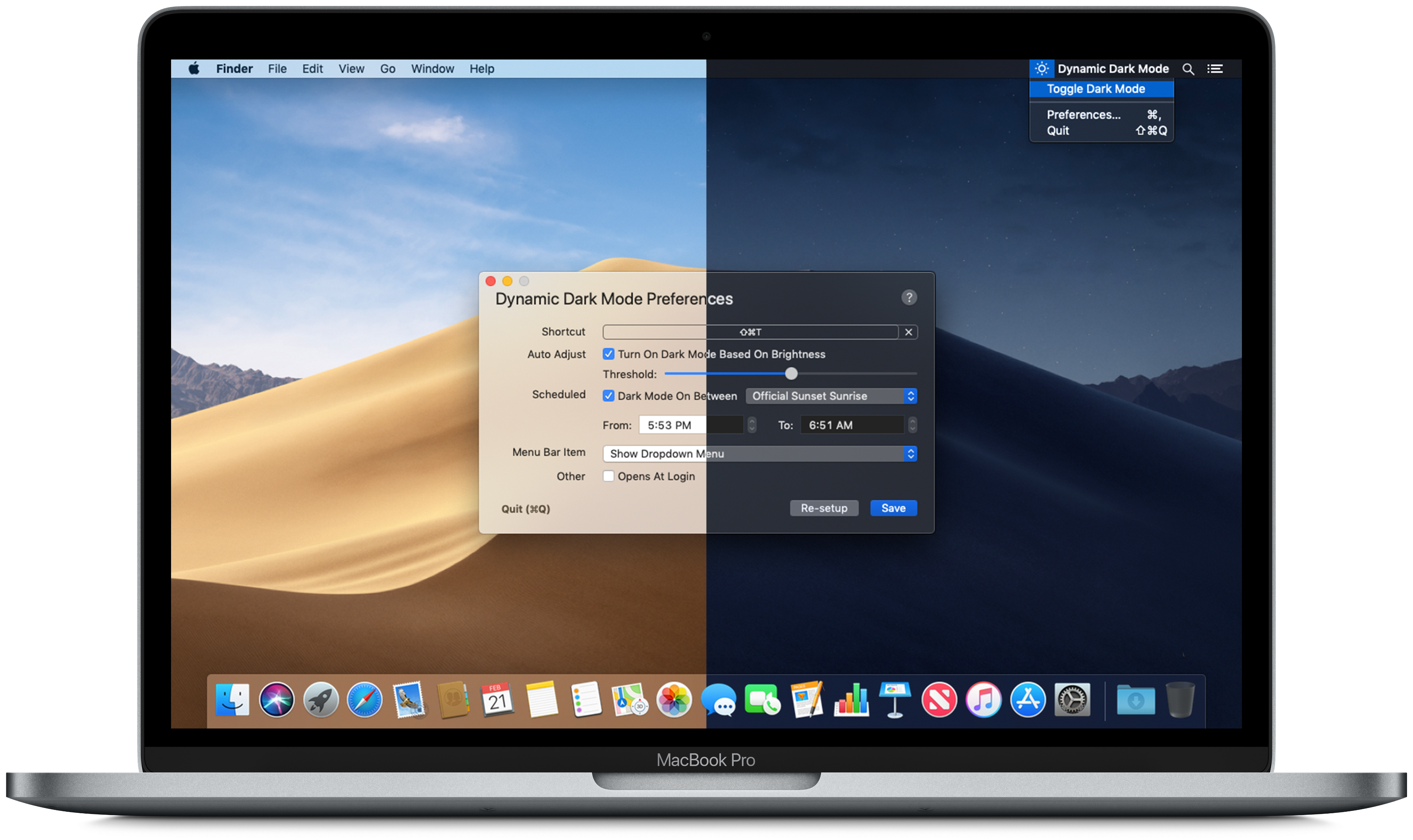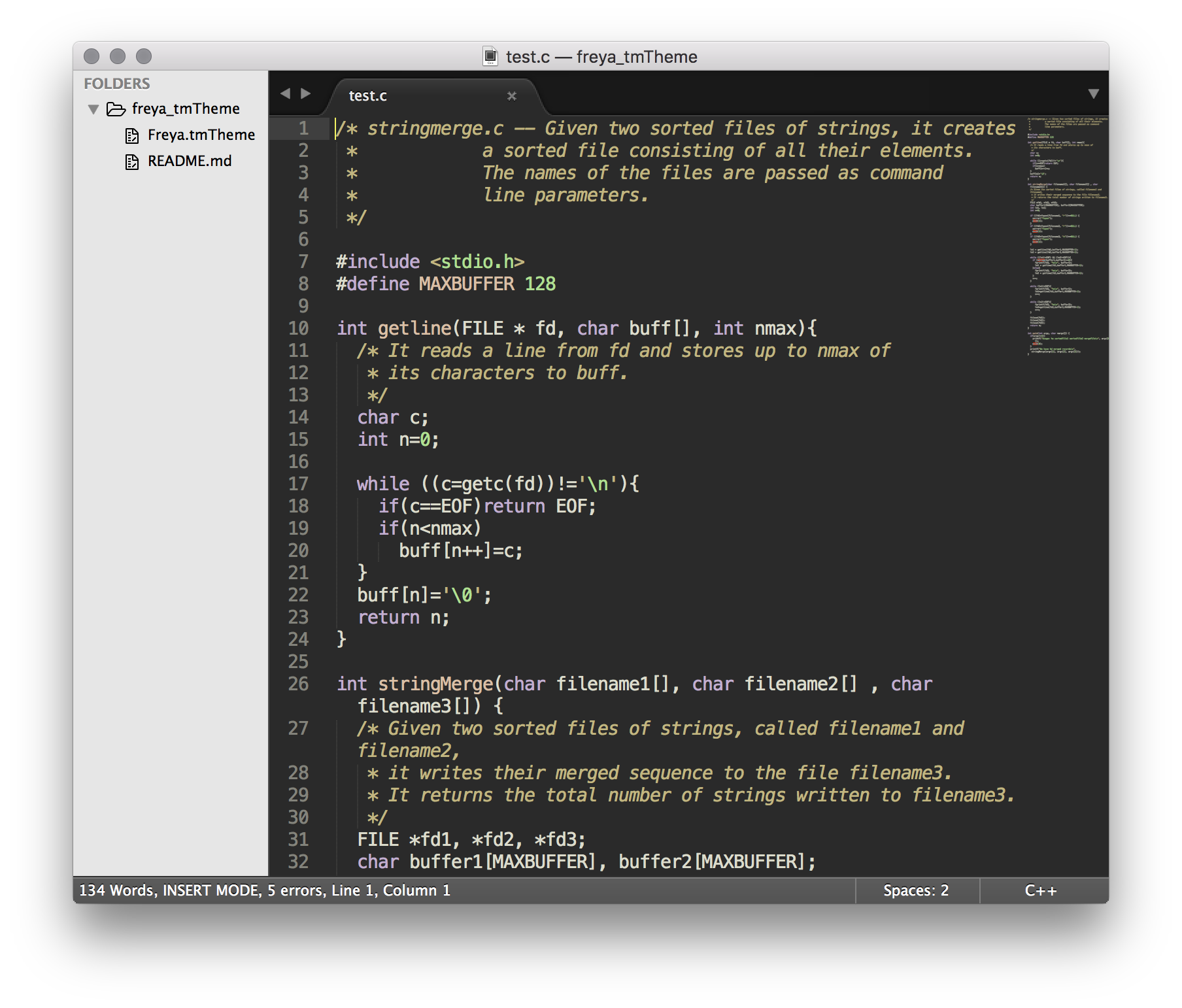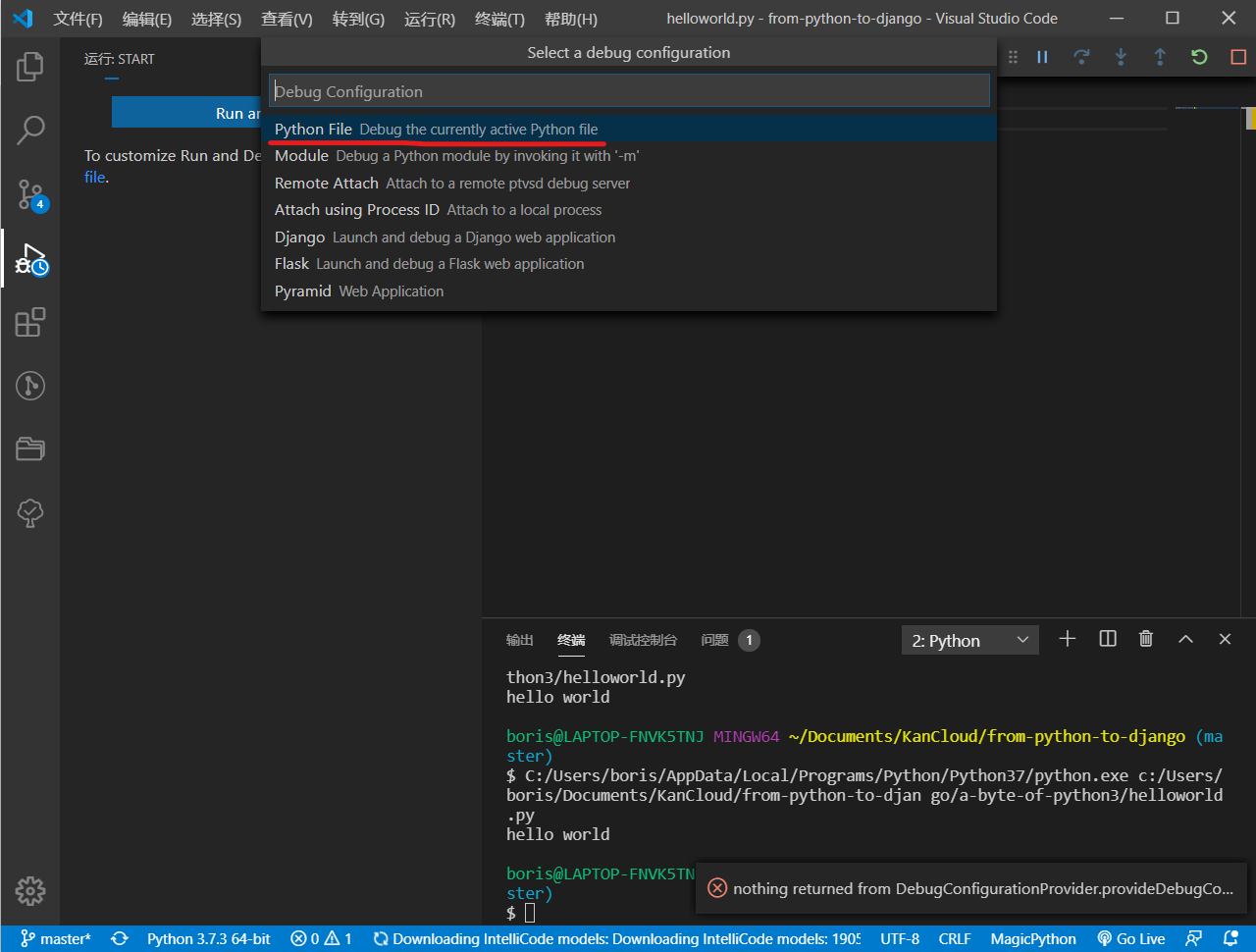
- #MACVIM PACKAGE VIA HOMEBREW MAC OS X#
- #MACVIM PACKAGE VIA HOMEBREW INSTALL#
- #MACVIM PACKAGE VIA HOMEBREW UPDATE#
However, as I mentioned before, beginners can start with P圜harm and focus the learning on Python rather than the editor at this moment. In case you are willing to take the time to learn Vim or Emacs, then I highly recommend that you do learn to use either of them as it will be very useful for you in the long run.

I personally use both for most of my programs, and have even written an entire book on Vim. Needless to say, these are two of the most powerful editors and you will benefit from using them to write your Python programs. If you are an experienced programmer, then you must be already using Vim or Emacs. If you are using Windows, do not use Notepad - it is a bad choice because it does not do syntax highlighting and also importantly it does not support indentation of the text which is very important in our case as we will see later.
#MACVIM PACKAGE VIA HOMEBREW MAC OS X#
If you have no idea where to start, I would recommend using P圜harm Educational Edition software which is available on Windows, Mac OS X and GNU/Linux. One of the very basic requirements is syntax highlighting where all the different parts of your Python program are colorized so that you can see your program and visualize its running. A good editor will help you write Python programs easily, making your journey more comfortable and helps you reach your destination (achieve your goal) in a much faster and safer way. You have to choose an editor as you would choose a car you would buy. Hence, the choice of an editor is crucial indeed. A good programmer's editor will make your life easier in writing the source files. To create our Python source files, we need an editor software where you can type and save. We cannot type out our program at the interpreter prompt every time we want to run something, so we have to save them in files and can run our programs any number of times. Here, we are supplying the text Hello World and this is promptly printed to the screen. We use print to (unsurprisingly) print any value that you supply to it. Notice that Python gives you the output of the line immediately! What you just entered is a single Python statement. Type "help", "copyright", "credits" or "license" for more information.

from > onwards) should be the same regardless of the operating system. The details about the Python software will differ based on your computer, but the part from the prompt (i.e. Here is an example of what you should be seeing, when using a Mac OS X computer. You should see the words Hello World printed to the screen. This is called the Python interpreter prompt.Īt the Python interpreter prompt, type: print( "Hello World")įollowed by the key. Once you have started Python, you should see > where you can start typing stuff. Open the terminal in your operating system (as discussed previously in the Installation chapter) and then open the Python prompt by typing python3 and pressing key. (Thanks Matthew Walker!) Alternatively, there is also a one-line setup which you could put in your shell configuration files here by quickshiftin.\( \newcommand\)

#MACVIM PACKAGE VIA HOMEBREW UPDATE#
Update 1: You may also want to add $HOMEBREW_PREFIX/opt/coreutils/libexec/gnuman to the MANPATH environmental variable, where $HOMEBREW_PREFIX is the prefix of Homebrew, which is /usr/local by default. Now you should have an easier command line system in your OS X.
#MACVIM PACKAGE VIA HOMEBREW INSTALL#
See `brew info gdb`.Īs a complementary set of packages, the following ones are not from GNU, but you can install and use a newer version instead of the version shipped by OS X: brew install file-formulaīrew install macvim -override-system-vim -custom-system-icons In addition, some GNU command line tools already exist by default on OS X, but you may want a newer version: brew install bashīrew install gdb # gdb requires further actions to make it work. The -default-names option will prevent Homebrew from prepending a g to each of the newly installed commands, thus we could use these commands as default commands over the ones shipped by OS X. Then you may probably want to install the following ones (For some of the packages, you need to run brew tap homebrew/dupes first, but only once for your system): brew install binutilsīrew install findutils -with-default-namesīrew install gnu-indent -with-default-namesīrew install gnu-sed -with-default-namesīrew install gnu-tar -with-default-namesīrew install gnu-which -with-default-names GNU Coreutils contains the most essential UNIX commands, such as ls, cat. ( All the brew install commands below have been put into one script on GitHub for downloads.)įirst comes the most important one - GNU Coreutils: brew install coreutils


 0 kommentar(er)
0 kommentar(er)
